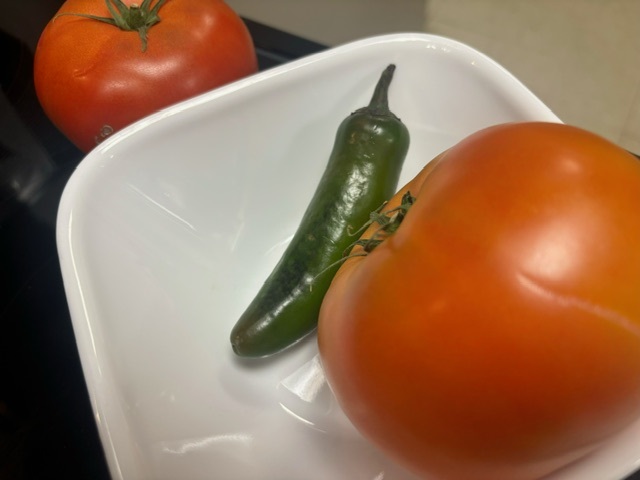August 25, 2024 – We’ve all heard about early and later season pruning of tomato plants, but pruning pepper plants? Actually, though, trimming can improve pollination, with the increased air, water and sunlight resulting in increased plant and fruit growth.
Examine your pepper plants by bending over to look at the plants below canopy level. Can you easily see through the plants to those in the next row? Is the foliage so dense, it’s difficult for honeybees and other pollinators to get to plant flowers? When you allow branches and leaves to grow without limitations, it makes pollinators’ jobs much harder. Selectively pruning opens the plant and improves pollinator access while strengthening the remaining limbs.
As for where to begin pruning, start below the top canopy level. Quite simply, you don’t need foliage at the bottom. For small pepper fruit varieties, trim up to 8-10 inches. For larger fruit varieties consider 12-18”. Make sure your cutting tool is sharp and has been sterilized to prevent transferring disease. It’s too late this year, but next year, when the plant reaches 12” in height, trim the bottom 4-6”.
Light trimming in the middle plant areas can also help. Again, just make sure you’re opening up the plant to air flow. The objective is to keep the plant from becoming overgrown with foliage. Middle plant trimming can help, but the main emphasis on trimming is at plant bottom.
Also, consider is removing early first fruits. When pepper plants are young and growing, any initial fruit that forms should be removed. Plants at this stage need to put their energy into growing. Having to nurture fruit takes plant energy that should be put into plant growth and more flowers.
Finally, make sure you support each plant by staking or caging to contain and help support fruit laden branches.







